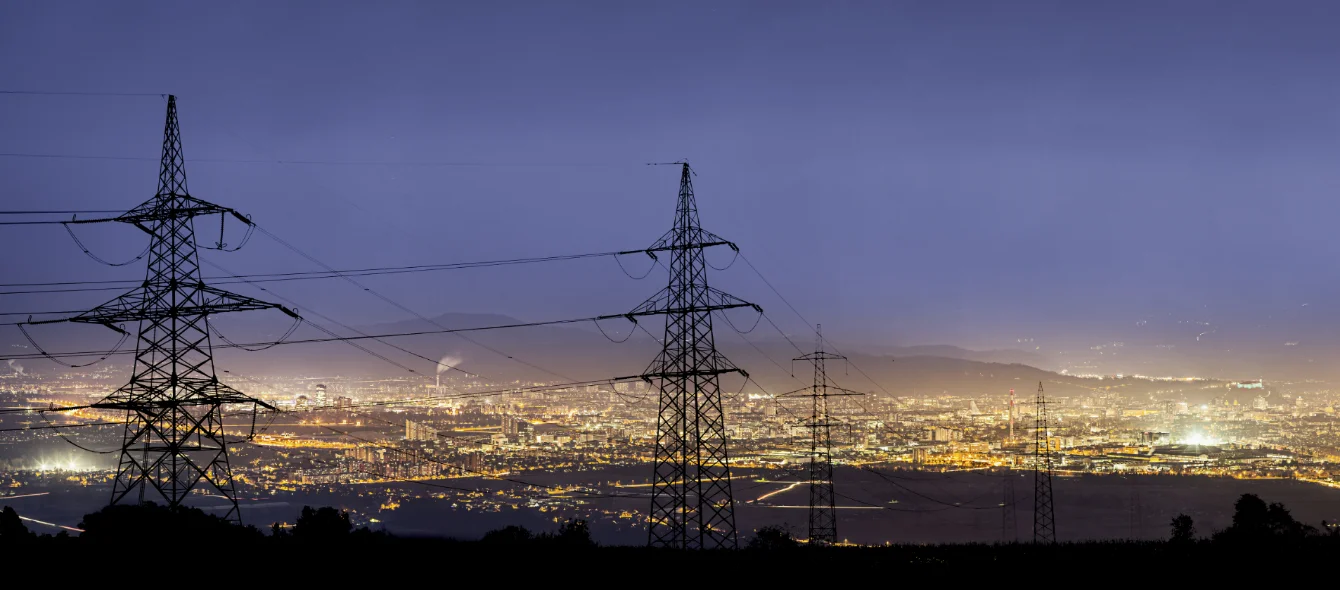Carbon dioxide emissions from energy use account for about 75 percent of greenhouse gas emissions caused by EU residents. As shown by assessments by the European Statistical Office (Eurostat), CO2 discharge grew in almost all member states in 2021. Throughout the EU, a total of 6.3 percent more carbon dioxide was released into the atmosphere than in the previous year. These emissions primarily stemmed from firing oil and petroleum products, natural gas, coal and peat.
Whereas, based on figures published by the European Energy Agency (EEA), greenhouse gas discharge in the energy industry constantly declined in the EU since 2017, measures to control the COVID-19 pandemic were eased or abolished in many EU countries. Contrary to 2020, this led to an increase in energy consumption. The rise in carbon dioxide emissions can mainly be traced back to the increased use of solid fossil fuel.
Bulgaria posts strongest growth
The review attributed carbon dioxide release to the country in which the fuels were used – for instance in electricity generation, the transportation sector or steel production – instead of to the country in which the fossil fuel originated. By contrast, electricity imports do not impact on the emissions of the importing countries. Instead, they are allocated to the country in which the power was produced.
Based on this information, Eurostat estimates that emissions registered the biggest gain in Bulgaria, increasing by some 18 percent, followed by Estonia at 13.1 percent, Slovakia at 11.4 percent and Italy at 10.6 percent. Germany’s 6.1 percent places the country in mid-field, slightly below the EU figure. The smallest increase was experienced by the Netherlands, which came in at two percent.
According to the study, the only countries recording drops in emissions from fossil fuels were Portugal (-5.3 percent) and Finland (-1.5 percent).
photo credit: © shutterstock.com, urbans
